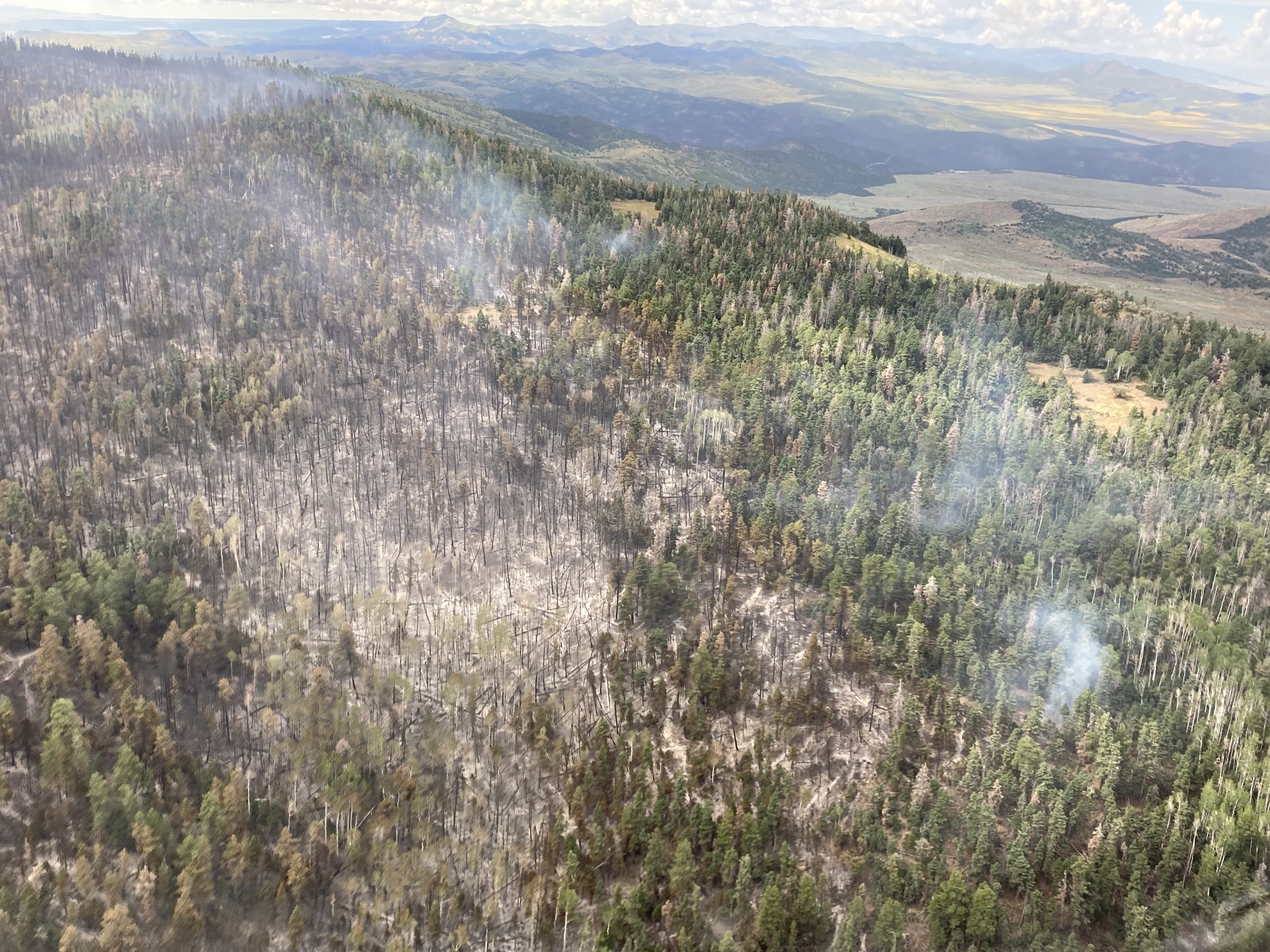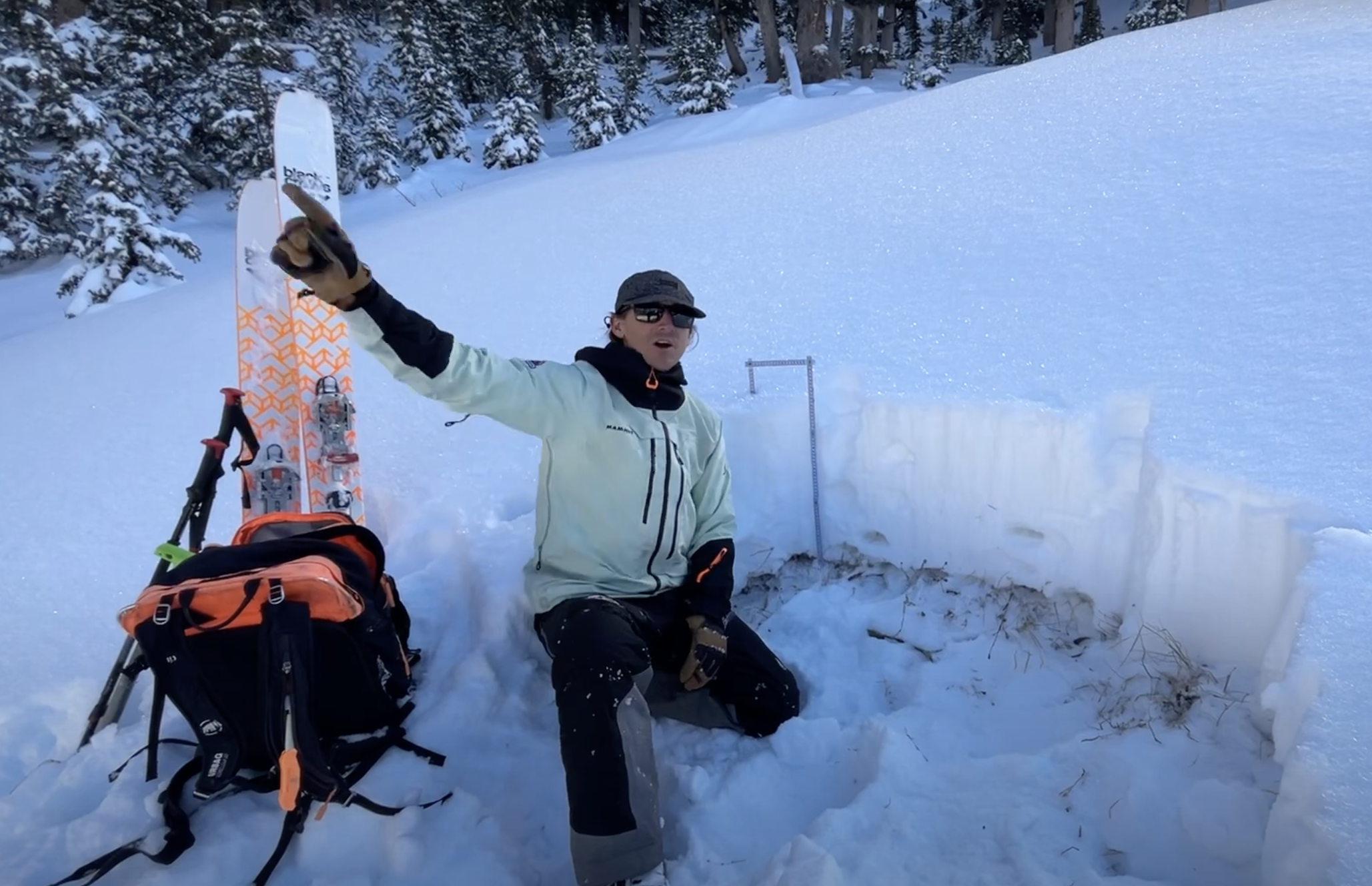Some information may be outdated.
A bit of haze and smoke drifted to the Moab valley last week to remind us that there are still a few months remaining in the wildfire season.
The Thompson Ridge fire, 11 miles southeast of Beaver, was sparked by lightning on August 4 and was mapped at 7,289 acres. As of August 15, the fire was only 15% contained, according to Utah Fire Info. The Horsehead Fire, located in San Juan County, was ignited on August 8—it burned 1,000 acres before it was fully contained on August 11. Two smaller fires in Grand County discovered on August 6 and 11, have yet to be contained.
Local, state, and federal firefighters have assisted with air and ground resources. Overall, the wildfire season in the Lower 48 states started out slowly due to the high snowpack in some areas. However, dense vegetation growth at lower elevations is still a major concern.
“Last year, there was a strong monsoon season that gave us a lot of soil moisture and a wet winter that we haven’t seen in a few years,” said Clark Maughn, the wildland fire coordinator for Moab Valley Fire Protection District.
More moisture encouraged spring growth, especially annual grasses like cheatgrass, and produced a “bumper crop.” Cheatgrass reaches maturity by May or early June, and is a major contributing fuel of wildland fires. With this summer’s hot and dry conditions, the low-lying brush areas are highly flammable.
At this time of year, monsoons tend to return. However, this year the monsoons have been delayed: according to the National Oceanic and Atmospheric Administration, July 2023 was Grand County’s driest July on record (since 1895). August may continue that trend, Maughn said.
“Wildfire risk is not seeing much relief from rain, and this monsoon season is trending towards average to drier than normal conditions for the area,” Maughn said. “Higher lightning incidents causing fires during the monsoon season is definitely a factor out there.”
12 staff members at the MVFPD are currently “Red Carded,” an interagency certification that means someone is qualified to fight wildland fire. Being certified involves classroom training, a field exercise, and, depending on the position, a physical fitness test.
Wildland firefighters provide support in local, state, and national incidents. Staff from MVFPD have provided fire engine support to California twice this year: firefighters spent July at Sierra National Forest, and currently, one engine is providing an initial attack response at Sequoia National Forest.
“There’s tons of vegetation, and they’re short-staffed here,” said Mark Marcum, a full-time fire department employee serving as an engine captain currently on a 14-day assignment in California.
Marcum’s crew of three is filling in and providing pre-position support for the high-profile areas in the urban-interface environment, where many homes are located.
“We never know when a fire will start, and there is no call for rain in the forecast,” Marcum said. “The job involves teamwork, and no one does it alone. We learn from others, see how they do things and can improve our operation back home.”
Statistics from Utah Fire Info show that of the 420 total fires in Utah this year, 215 fires in Utah have started due to human causes, and 205 due to natural causes such as lightning. In August 2022, there were a total of 678 wildfires, and 879 in 2021.
A total of 10,000 acres in Utah have burned since January of this year.
MVFPD has also had a hectic summer with calls in the area. According to the July 25 MVFPD commission meeting minutes, Chief Brewer stated the department has been extremely busy with training, public relations, meetings, and other activities. He reported 115 total calls to service since the last commission meeting in June; typically, the department sees 300 to 400 total calls throughout the entire year.
Fire safety tips
Maughn said community members must “remain diligent and maintain awareness” about fire risks. Bringing your fire sense when you go on adventures this summer is essential. He suggested maintaining your vehicles by checking your brake pads and tires, preventing trailer chains from dragging, and checking or replacing spark arresters on OHVs.
“As conditions moderate and you want to get out and enjoy the outdoors, keep in mind there is still a higher fire danger associated with the grass and conditions,” Maughn said. “Watch out for anything that may cause a fire, such as campfires, fireworks, or target shooting.”
Homeowners should also be proactive in reducing fire risk by starting with the house itself and then moving into the landscaping section 0-5’ from the home. Suggestions from the fire department include: cleaning roofs and gutters of dead leaves and debris, repairing or replacing damaged or loose window screens and any broken windows, and moving any flammable material away from wall exteriors—such as mulch, flammable plants, leaves and needles, and firewood piles.
For more information on the latest wildfire information, visit: https://utahfireinfo.gov/; https://inciweb.wildfire.gov/
Appreciate the coverage? Help keep local news alive.
Chip in to support the Moab Sun News.





